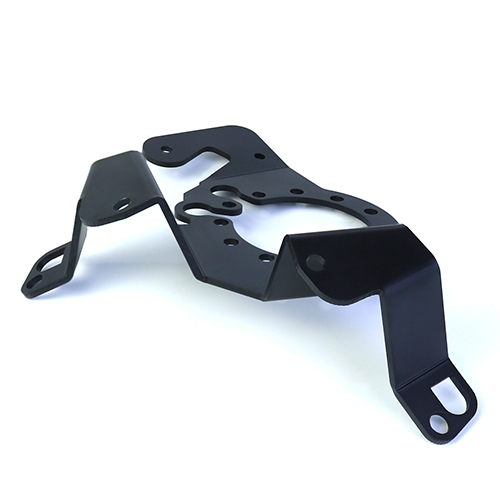Imagine holding a smartphone thinner than a pencil, a surgical implant that fits perfectly in a human spine, or a satellite component lighter than a feather. These innovations don’t happen by accident. Behind them lies CNC press brake technology – the unsung hero reshaping precision manufacturing, especially for tiny, complex parts. Here’s why this tech is transforming industries from aerospace to medical devices.
The Precision Powerhouse: What is a CNC Press Brake?
A CNC (Computer Numerical Control) press brake is no ordinary metal bender. It’s a computer-driven machine that molds sheet metal with near-molecular accuracy. Unlike manual machines, it uses digital blueprints to control every movement of its hydraulic ram, punch, and die .
How it works:
● Programming: Operators input bend angles, depths, and positions into the CNC controller.
● Alignment: A laser-guided back gauge positions the metal sheet perfectly.
● Bending: Hydraulic force (up to 220 tons!) presses the punch into the die, shaping the metal .
● Repeatability: The same bend can be replicated 10,000 times with ≤0.001-inch variance .
Why do small CNC parts need this technology?
Miniaturization is everywhere: microelectronics, nanomedical devices, aerospace components. Traditional methods struggle to cope with complexity and scale. CNC bending machines:
● Medical: Spinal implants, surgical instruments, tolerances of 0.005 mm.
● Aerospace: Sensor housings, turbine blades, weight critical, no defects.
● Electronics: Micro connectors, heat sinks, sub-millimeter bending accuracy.
● Automotive: Electric vehicle battery contacts, sensor brackets, high production consistency.
4 Game-Changing Advantages for Manufacturers
1.Zero-Error Prototyping
Create 50 iterations of a cardiac stent bracket in a day – not weeks. CNC programming slashes trial-and-error .
2.Material Versatility
Bend titanium, aluminum, or even carbon composites without cracking.
3.Cost Efficiency
One machine handles tasks that required 3 separate tools: cutting, stamping, bending .
4.Scalability
Switch from 10 custom gears to 10,000 without recalibration .
The Future: AI Meets Metal Bending
CNC press brakes are getting smarter:
● Self-Correction: Sensors detect material thickness variations mid-bend and adjust force instantly .
● Predictive Maintenance: AI alerts technicians about worn dies before they fail .
● 3D Integration: Hybrid machines now bend + 3D-print in one workflow (e.g., custom orthopedic implants) .
Post time: Jul-16-2025





